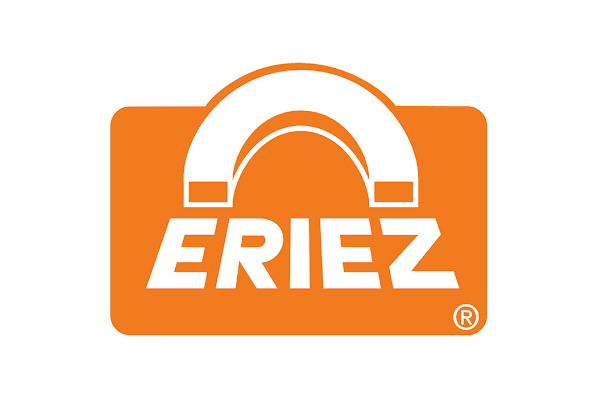Eriez (United States) - Eric Confer, Eriez® Market Manager for Light Industries, says demand continues to grow from original equipment manufacturers (OEMs) for the company’s cutting-edge vibratory feeding solutions for integration into packaging systems. Confersays, “Packaging system OEMs rely on vibratory feeders to meter and convey a variety of bulky and free-flowing material to provide greater economy and efficiency in feedingand filling, and Eriez delivers.”
Eriez offers High Speed (HS) and High Deflection (HD) feeders, ideal for use with weigh scale and packaging machines. The Eriez team works with OEMs to develop custom solutions for the most unique applications and requirements, according to Confer.
“In the world of packaging,” says Confer, “efficiency on the plant floor is a top priority. Feeding components play an especially critical role in the overall speed, accuracy and reliability of a packaging line system solution. Electromagnetic feeders are ideal for packaging applications because they can be rapidly cycled on/off and feed material evenly and consistently.” The company says Eriez’ line of HS and HD feeders are used worldwide for everything from simple metering to moving difficult leafy products, as well as high-speed packaging and material load applications.
According to Eriez, the company offers a complete solution approach for packaging machines with a variety of feeders that are adaptable and flexible. These units are extremely energy-efficient, low maintenance with no rotating parts and can be provided with a range of sanitary and non-sanitary trays.
Exceptional high speed feeding of light, bulky materials is characteristic of the Eriez HS line, which features 10 models with feed rates from 40 to 600 cubic feet per hour. These units are light, functional and easy to install in small spaces. Tray widths range from 2 to 16 inches and lengths range from 16 to 60 inches on a single drive, which has no moving parts to wear out.
The Eriez HD feeders combine a high amplitude (up to 3/16 inch) motion and the reliability of an electromagnetic drive for metering of powders, leafy, malleable and slightly sticky products. Three models have capacity from 40 to 700 cubic feet. Tray widths range from 4 to 16 inches and lengths range from 24 to 60 inches. Feed rates of up to 80 feet per minute (24 m/min) are possible for products with a bulk density less than 10 lb/ft3 (.16 gm/cc).
Eriez is recognized as the world authority in separation technologies. The company’s magnetic separation, metal detection, fluid recycling, flotation, materials feeding, screening, conveying and controlling equipment have application in the process, metalworking, packaging, plastics, rubber, recycling, food, mining, aggregate and textile industries. Eriez manufactures and markets these products through 12 international subsidiaries located on six continents.









































Interested? Submit your enquiry using the form below:
Only available for registered users. Sign In to your account or register here.